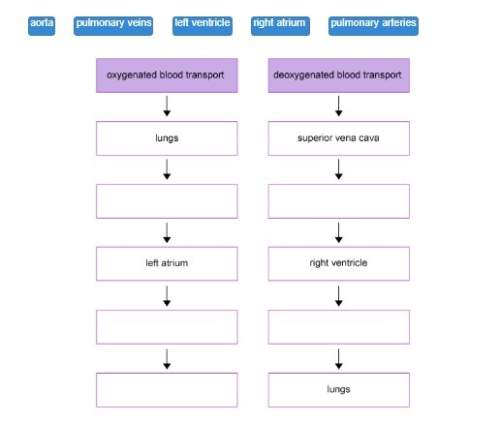
Biology, 11.12.2019 09:31 monicagalarza
Dyskeratosis congenita (dkc) is a rare genetic disorder characterized by abnormal fingernails and skin pigmentation, the formation of white patches on the tongue and cheek, and progressive failure of the bone marrow. an autosomal dominant form of dkc results from mutations in the gene that encodes the rna component of telomerase. tom vulliamy and his colleagues examined 15 families with autosomal dominant dkc (t. vulliamy et al., 2004, nature genetics 36: 447–449). they observed that the median age of onset of dkc in parents was 37 years, whereas the median age of onset in the children of affected parents was 14.5 years. thus, dkc in these families arose at progressively younger ages in successive generations, a phenomenon known as anticipation. the researchers measured telomere length of members of these families; the measurements are given in the adjoining table. telomere length normally shortens with age, and so telomere length was adjusted for age. note that the age-adjusted telomere length of all members of these families is negative, indicating that their telomeres are shorter than normal. for age-adjusted telomere length, the more negative the number, the shorter the telomere. how does telomere length of the parents compare with telomere length of the children? explain wiry the telomeres of people with dkc are shorter than normal explain why dkc arises at an earlier ago in subsequent generations

Answers: 1


Another question on Biology

Biology, 22.06.2019 13:20
Imagine a self-reactive t cell that has not undergone clonal deletion in the thymus (that is to say, it has escaped central tolerance). if it encounters self antigen in the absence of an infection or inflammation, what will happen to this self-reactive t cell? (select two answers) (a) the t cell undergoes clonal expansion. (b) the t cell gains effector functions. (c) the t cell undergoes apoptosis. (d) the t cell becomes activated. (e) the t cell becomes anergic.
Answers: 1

Biology, 22.06.2019 13:30
How do the sperm cells get from the stigma to the ovules? a. they slide down the petals to the bottom of the flower. b. they travel through pollen tubes. c. they travel along filaments. d. insects carry the sperm cells from the stigma to the ovules.
Answers: 3

Biology, 22.06.2019 17:40
You find a fossil that you are sure shows evidence of bipedalism. you know this because which of the following anatomical traits is present? a. thighbones that angle in toward the knees b. a narrow pelvis c. opposable hallux d. posterior position of the foramen magnum
Answers: 1

Biology, 22.06.2019 20:30
For which of the following ions is the intracellular concentration typically higher than the extracellular concentration? a. sodium b. calcium c. magnesium d. potassium e. chloride
Answers: 1
You know the right answer?
Dyskeratosis congenita (dkc) is a rare genetic disorder characterized by abnormal fingernails and sk...
Questions

Geography, 25.07.2019 08:00




Physics, 25.07.2019 08:00


Arts, 25.07.2019 08:00


Advanced Placement (AP), 25.07.2019 08:00

Mathematics, 25.07.2019 08:00

History, 25.07.2019 08:00

Mathematics, 25.07.2019 08:00

Mathematics, 25.07.2019 08:00


Biology, 25.07.2019 08:00


Health, 25.07.2019 08:00







